Behukotai
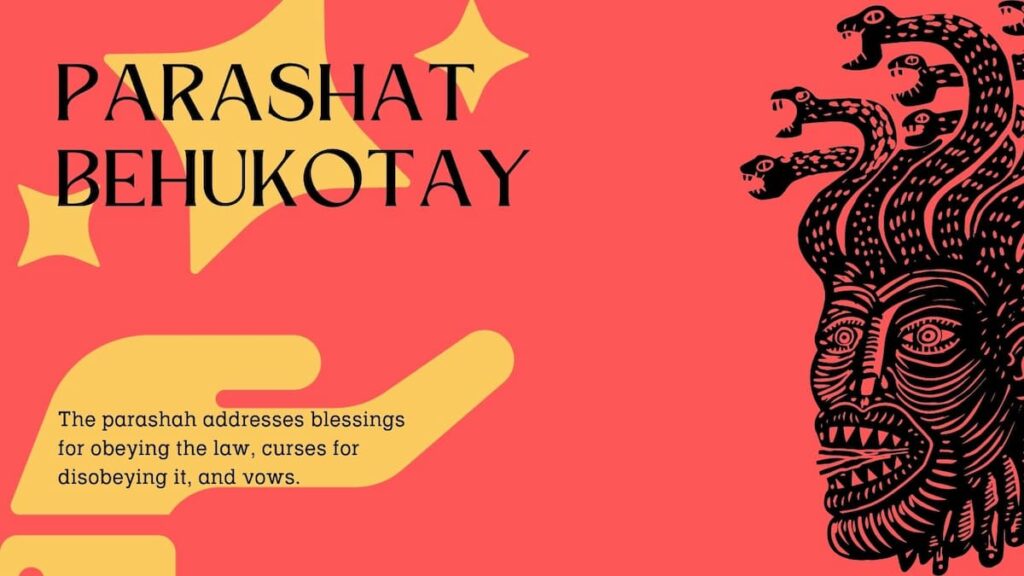
Bechukotai (“In My Laws”) is the final Torah portion in the Book of Leviticus. It begins describing blessings that follow obedience to God’s laws and curses that come with desecration of them. It ends with laws of vows and consecration of people and property.
Behar
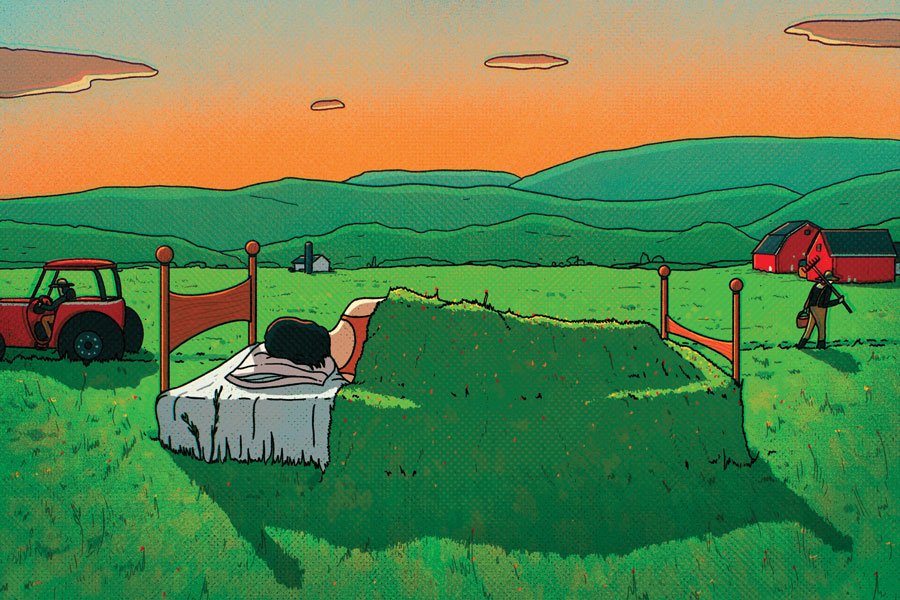
Behar (“On The Mountain”) details the laws of the sabbatical year (Shemita), when working the land is prohibited and debts are forgiven. It also sets out laws of indentured servitude and of the Jubilee year (Yovel), when property reverts to its original ownership.
Emor

Emor (“Say”) opens with laws regulating priestly behavior, working in the Mishkan (Tabernacle), and consuming sacrifices and priestly food. It describes the biblical holidays of Passover, Shavuot, Rosh Hashanah, Yom Kippur, and Sukkot, and ends with a story about a blasphemer and his punishment.
Kedoshim
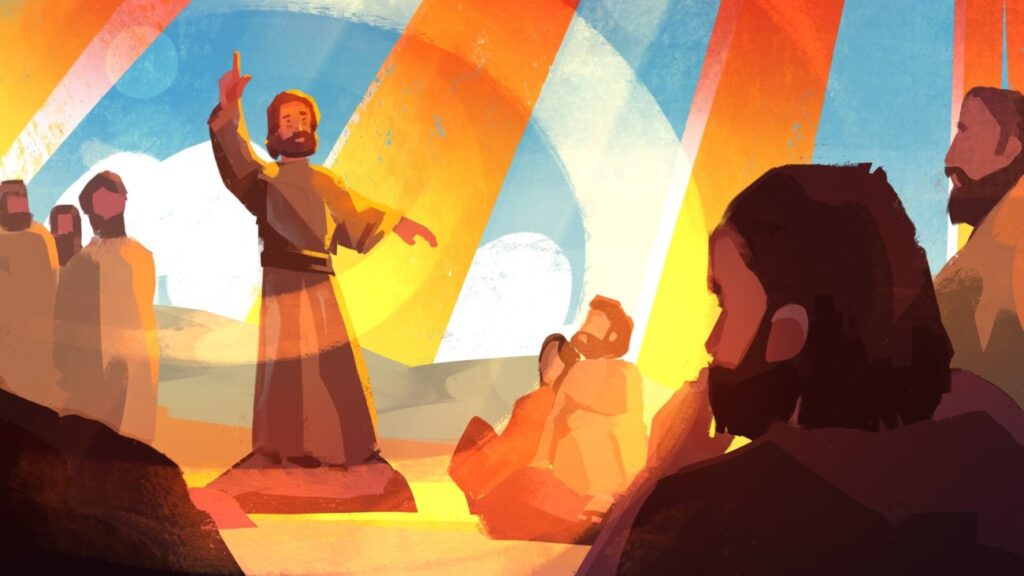
Kedoshim (“Holy”) opens by instructing the Israelites to be holy. It details dozens of laws regulating all aspects of life, including observing Shabbat, loving one’s neighbor, and leaving portions of a field for the poor. It ends by detailing punishments for certain types of idolatry and sexual misconduct.
Aharei Mot
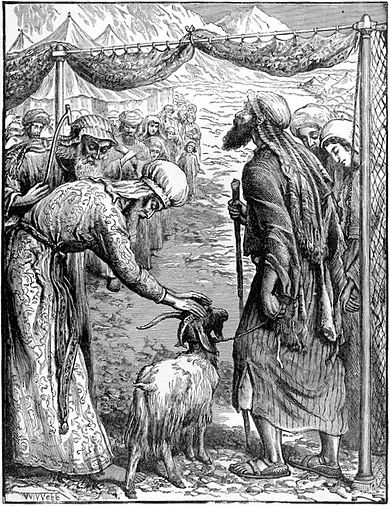
Aharei Mot (“After The Death”) opens by describing the ritual service of Yom Kippur, the Day of Atonement. It then details the prohibitions of offering sacrifices outside of the Mishkan (Tabernacle) and of eating animal blood, and ends with a list of forbidden sexual relations.
Metzora
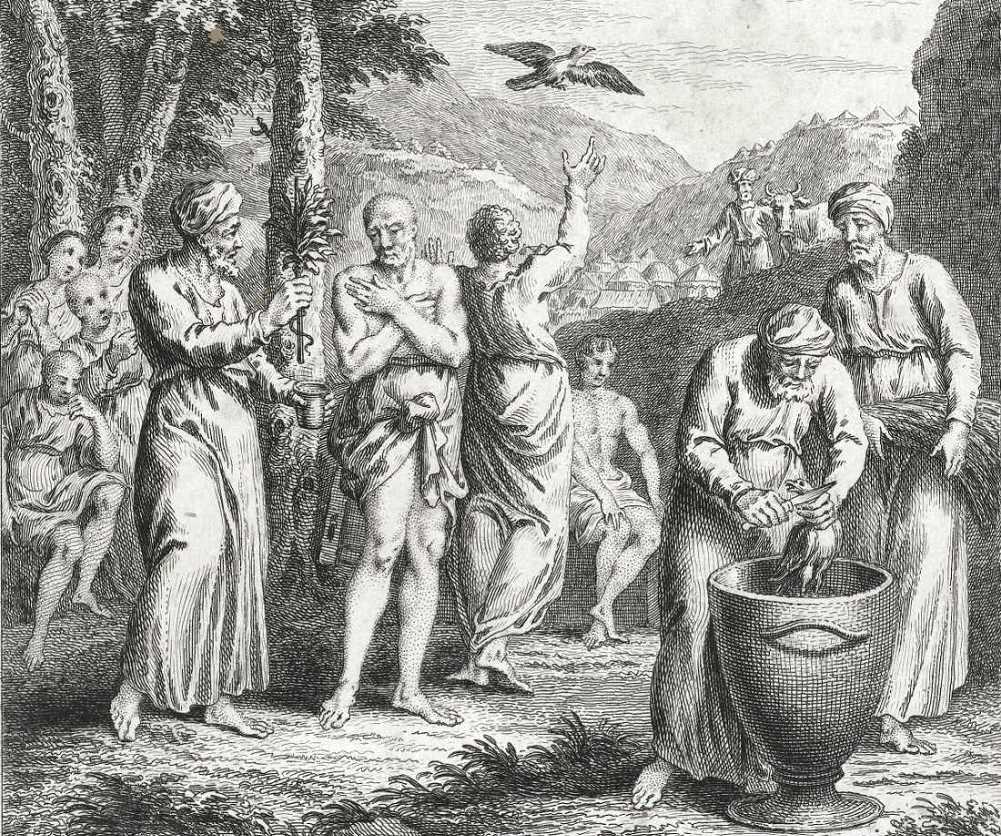
Metzora opens by describing the purification process and accompanying sacrifices for one infected with tzaraat, a discoloration condition on the skin. It then describes the process of treating a house infected with tzaraat and the ritual impurity generated by certain bodily discharges.
Tazria
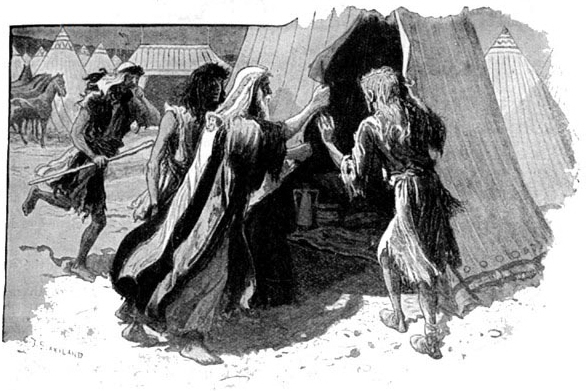
Tazria (“She Bears Seed”) opens by describing the purification process for a woman after childbirth. It then describes different forms of tzaraat, a discoloration condition on skin or clothing, and the requirement of an infected person to dwell alone outside the camp and be inspected by a priest.
Shemini
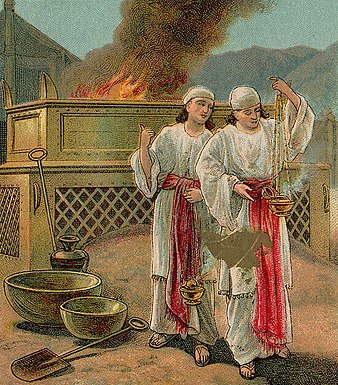
Shemini (“Eighth”) opens with the consecration of the Mishkan (Tabernacle). Two of Aaron’s sons are consumed by a fire sent from God when they attempt to offer a “strange fire.” God describes the animals, birds, and fish that are permissible and prohibited for consumption, as well as some laws of ritual purity.
Tzav
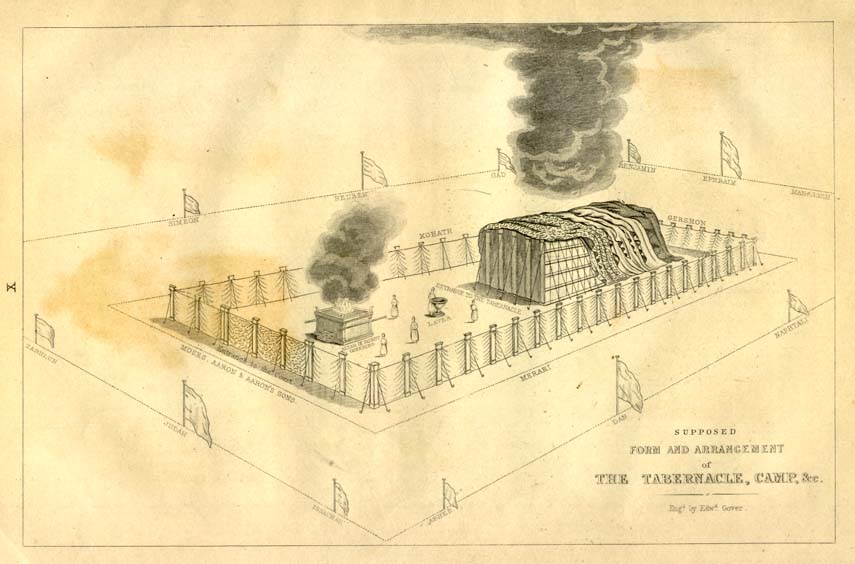
In Tzav (“Command”), God tells Moses about the sacrifices offered in the Mishkan (Tabernacle), including a meal offering brought by the high priest, guilt offerings, and offerings of thanks. Moses initiates Aaron and Aaron’s sons for priestly service in the Mishkan.
Vayikra
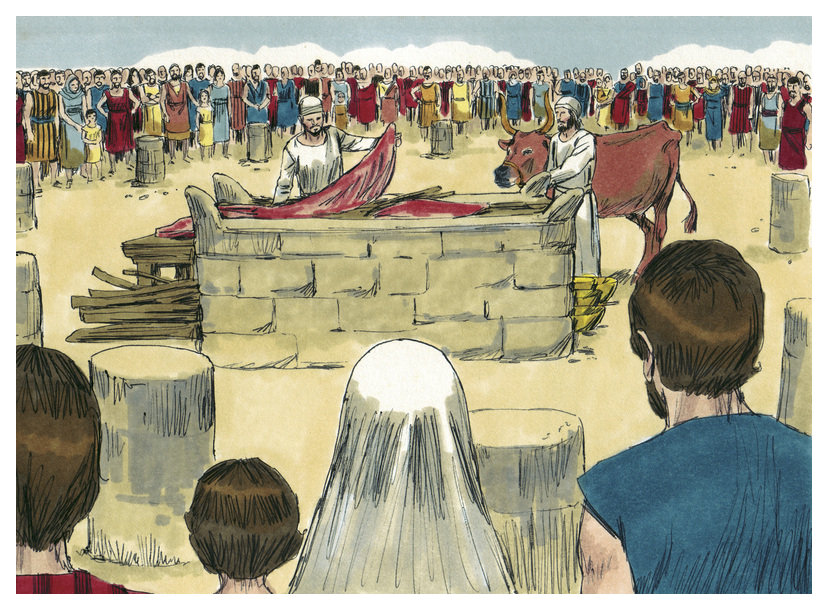
In Vayikra (“He Called”), the first Torah portion in the Book of Leviticus, God tells Moses about the sacrifices offered in the Mishkan (Tabernacle). Among these are sacrifices entirely burnt on the altar, meal offerings made of flour and oil, peace offerings, and sacrifices brought for sinning inadvertently.
